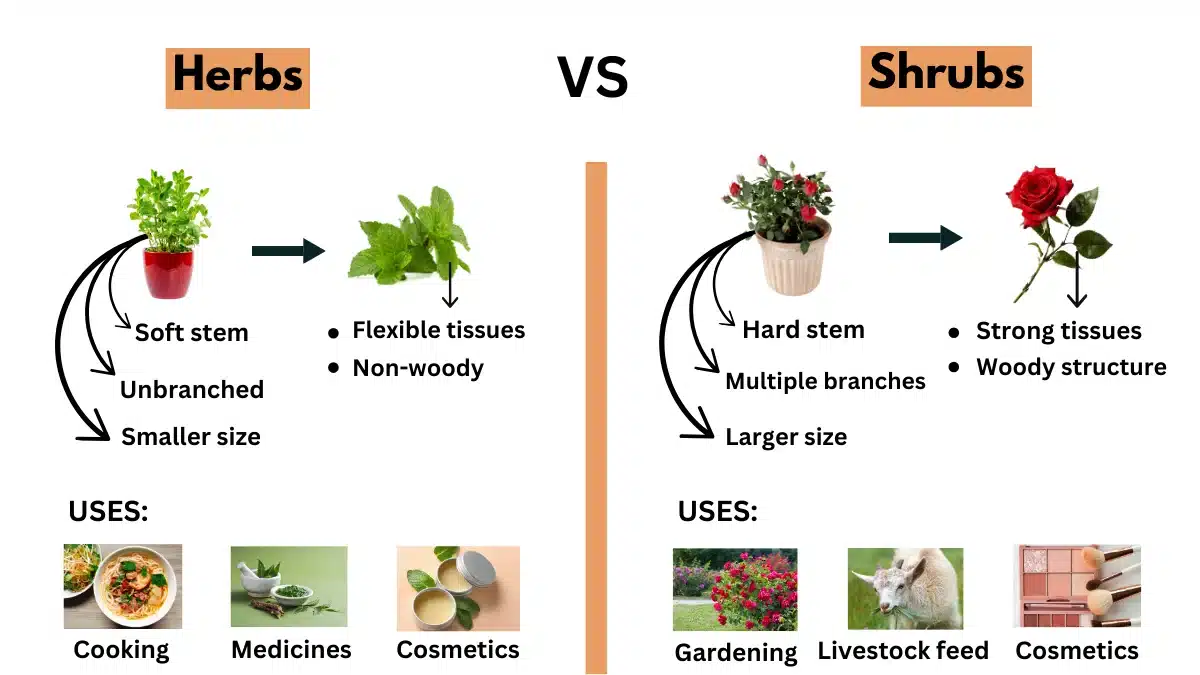Difference Between Autotrophs and Heterotrophs
May 30, 2023
The main difference between autotrophs and heterotrophs is the difference in food source. Autotrophs make their food, while heterotrophs depend on others for food.

Autotrophs vs. Heterotrophs
Here are the main Difference Between Autotrophs and Heterotrophs:
| Factors | Autotrophs | Heterotrophs |
|---|---|---|
| Definition | Organisms that can produce their own food using energy from sunlight (photosynthesis) or inorganic compounds (chemosynthesis) | Organisms that obtain their food by consuming other organisms or organic matter |
| Energy Source | Use sunlight or inorganic compounds as the primary source of energy | Depend on organic matter produced by autotrophs or other heterotrophs as a source of energy |
| Carbon Source | Use carbon dioxide or inorganic carbon compounds as the source of carbon for synthesizing organic molecules | Obtain carbon by consuming organic matter |
| Examples | Plants, algae, some bacteria | Animals, fungi, most bacteria |
| Nutritional Mode | Known as producers or self-feeders | Known as consumers or other-feeders |
| Trophic Level | Primarily found in the lower trophic levels of food chains/webs | Occupy various trophic levels as consumers |
| Primary Production | Responsible for the majority of primary production in ecosystems | Depend on autotrophs for primary production |
| Energy Conversion Efficiency | Higher energy conversion efficiency as they capture sunlight or utilize inorganic compounds directly | Lower energy conversion efficiency as energy is transferred through the food chain |
| Relationship with Environment | Plays role in sustaining ecosystems by producing oxygen and serving as the base of food chains | Depend on autotrophs for energy and nutrients, and contribute to nutrient recycling |
| Mode of Nutrition | Autotrophic nutrition | Heterotrophic nutrition |
File Under:






Leave a Reply